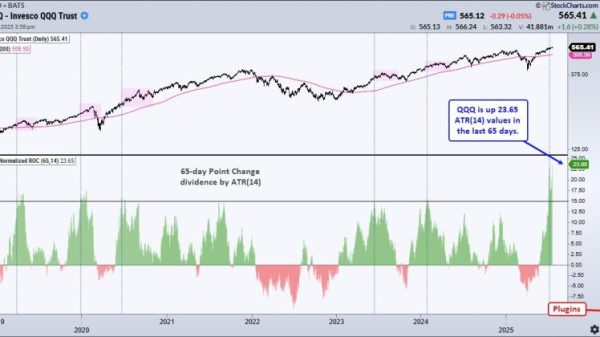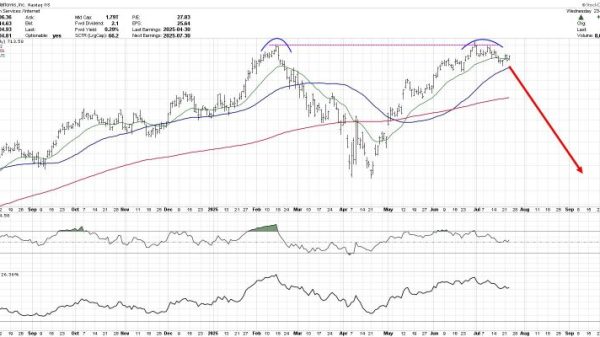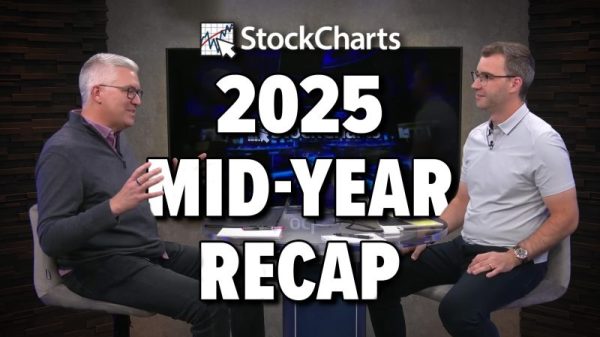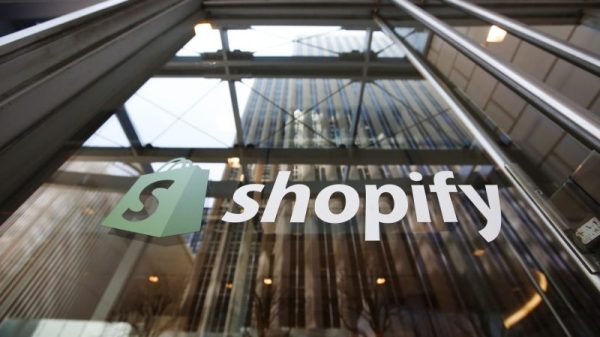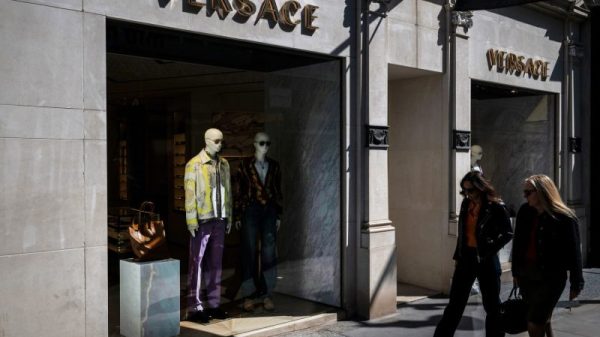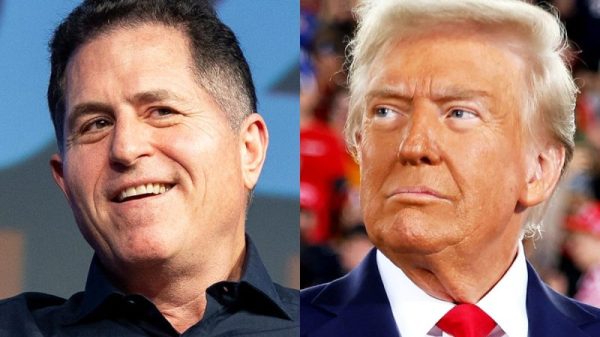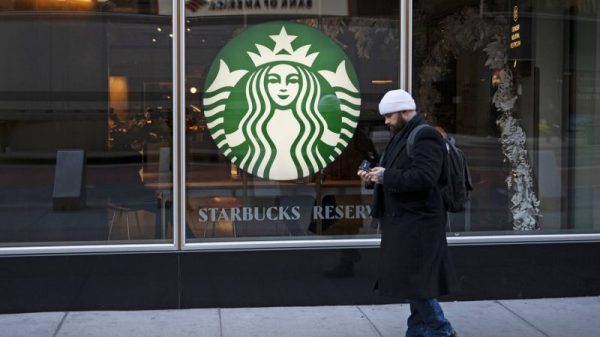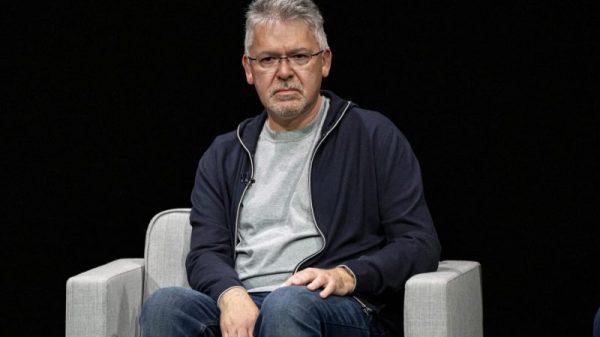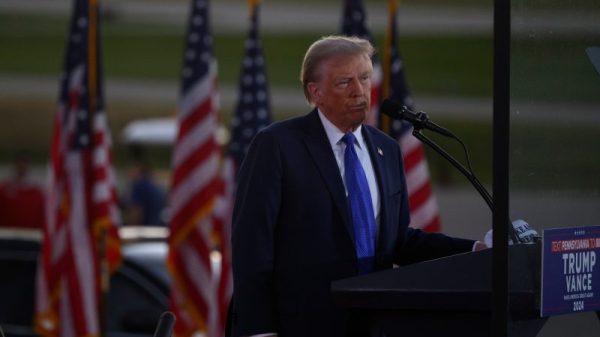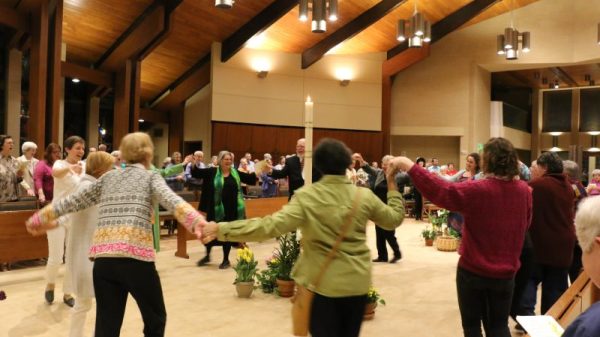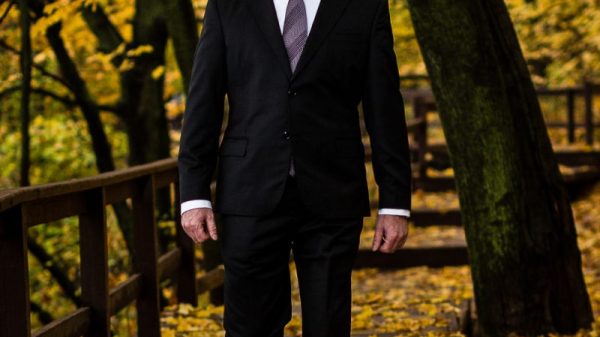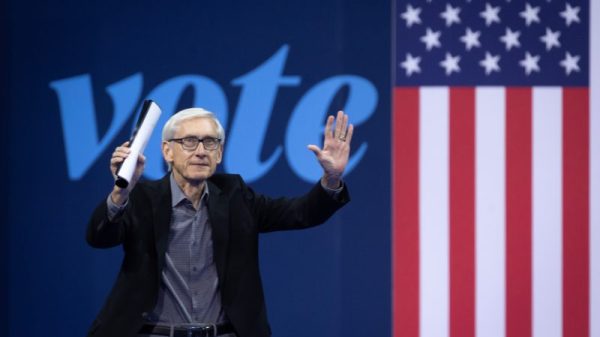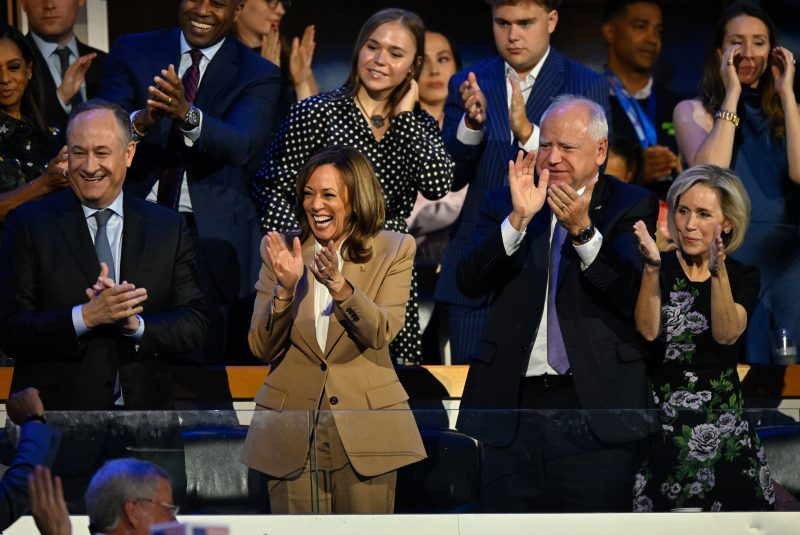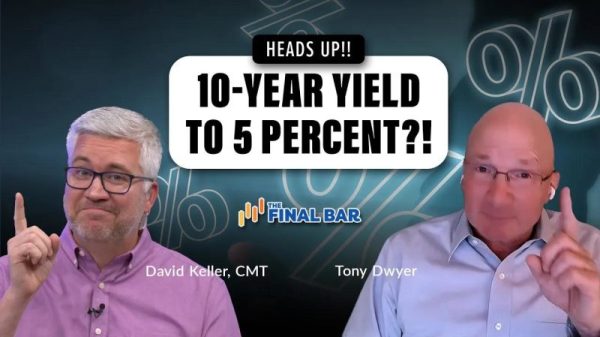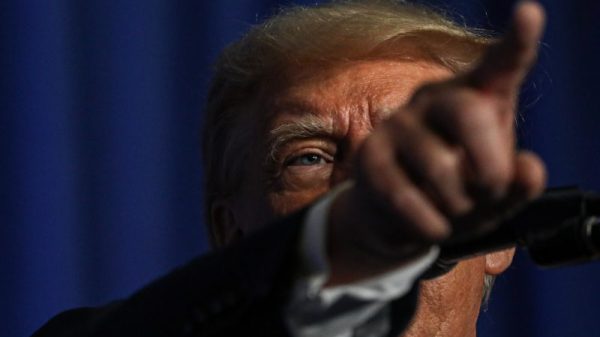Evelyn Lees was hiking across the mountains of northern New Jersey on Monday afternoon when her cellphone screen lit up with a notification that made the Puerto Rican middle school science teacher leap with joy: the Harris-Walz campaign had launched a bilingual WhatsApp channel for Latino voters.
Lees, 53, said she ran to her car and immediately joined “Latinos con Harris-Walz,” where she found a selfie-style video from campaign manager Julie Chavez-Rodríguez promising users “behind-the-scenes info” and details on what the Democratic ticket is doing to help Latino families.
“After so many years of Latinos being so misunderstood, this feels like we’re finally being seen — like they finally understood our power and are going out of their way to bring us into the fold by meeting us where we’re at,” Lees told The Washington Post.
Since it launched in 2009, WhatsApp — the Meta-owned messaging platform — has become a ubiquitous part of life for Latinos in and outside the United States. By allowing users to send text messages and make phone calls free over the internet, the app has become a crucial means of connecting families spread across the globe. With 54 percent of Hispanic adults in the country using the app, according to Pew Research Center, starting a WhatsApp channel is a smart way to reach an increasingly powerful voter base, experts told The Post. Latinos are expected to comprise 14.7 percent of all eligible voters in November 2024 — the second fastest-growing voter bloc in the country and one that could prove decisive in swing states, if campaigns can get them to turn out.
“WhatsApp will impact this election because it is one of the main sources for some communities — especially different Latino communities and Indian Americans — to get their news, and that’s key for the formation of political opinions,” said Inga Kristina Trauthig, the head of research at the University of Texas at Austin’s Propaganda Research Lab. “So jumping on WhatsApp is something crucial and something that any political campaign needs to think about.”
Though the Harris-Walz channel might be the first of its kind for a U.S. presidential campaign, Trauthig said WhatsApp has long played a key role in other races across the globe, from India and the United Kingdom to Brazil, Mexico and Venezuela. But the platform has changed over the years from one focused on small group chats and one-to-one messaging, to something more akin to a social media platform, where users can congregate in massive channels, view stories and interact with large communities, she said.
“Now it’s not only a place where people get news, but you also have all these features where, in the end, you’re actually just broadcasting to a huge audience — and the big question with that is: in terms of engagement, how much will that help?” Trauthig said.
That same question divided experts consulted by The Post.
On one hand, “going where people already are and creating a space and a pathway to communicate with Latinos is so important,” said Stephanie Valencia, president of Equis, an organization that conducts research on Latino outreach and engagement. In particular, WhatsApp’s channels feature, which launched in 2023, allows the campaign to engage with a massive number of voters through a slew of media — from videos and photos to messages, voice notes and stickers.
Plus, Valencia added, the users’ ability to forward these messages to their own groups and contacts helps amplify the campaign’s messaging.
“If you are a Harris-Walz supporter and you follow their account and you are the person sharing that to your friends and family, that may carry more weight than them seeing that you posted something on social media,” she said. “This is a direct line to people’s phones, and their supporters become a trusted messenger as part of that.”
In a messaging ecosystem rife with propaganda — and where Latinos are increasingly targeted with misinformation — the channel could help users access official campaign information straight from the source, said Marisa Abrajano, a political science professor at the University of California at San Diego.
On the other hand, voters who join a campaign’s channel “are already positively predisposed to those candidates,” Abrajano said.
“It’s cheap, it’s easy, and you can potentially reach out to millions of people,” she said. “But on the flip side, if you look at all the research into the most effective way to mobilize low-propensity voters like Latinos, it’s not through social media and it’s not through text messaging. It’s the most labor intensive, door-to-door canvassing efforts. That’s what’s been proven time and time again.”
According to data compiled by the Center for Latin American, Caribbean, and Latino Studies at City University of New York, 54 percent of voting-eligible Latinos cast a ballot in the 2020 presidential race. Though it was the highest turnout mark for Latinos on record, it still lagged well behind Asian, Black and White Americans.
Research done to explain this gap has pointed to different obstacles — from complex voter registration and voting procedures to parties doing a lousy job targeting Latinos. The latter is especially difficult because the Latino electorate defies easy categorization. It’s made up of diverse communities shaped by different backgrounds and motivated by distinct issues.
“There’s this stereotypical image of us Latinos like eating tacos and caring mostly about immigration,” said Lees, who also has a TikTok account dedicated to providing voting information in Spanish. “But the reality is that some of us might be Spanish or English [speaking] dominant. Some of us came here generations ago or are newcomers. And while we all have this common Latinidad, we don’t fit into a neat category.”
That’s why the Harris campaign should pair their WhatsApp channel with “lots of different tactics that reach different segments and, in some cases, overlapping segments of the community,” Valencia said. The campaign, she said, has already undertaken “impressive efforts” to achieve this goal — from enlisting influencers to appeal to younger voters to running ads targeting “the English-dominant Latinos that are more like veterans and men,” she said.
Roberta Braga, the executive director of the Digital Democracy Institute of the Americas, already sees a promising sign with the channel’s use of English and Spanish.
“I think the message here is: ‘We care about you and we want to share information in all of the languages you use,’” Braga said. “And it also translates to wanting to engage and communicate with Latinos — not just get their vote, but also inform them about policy proposals and their impact on people’s lives.”
Since launching Monday, the Harris campaign’s channel has attracted more than 3,000 users, sharing snippets of Latino politicians at the Democratic National Convention, behind-the-scenes videos from the likes of Eva Longoria and Ana Navarro, and a voice note from Vice President Kamala Harris.
Lees has so far been impressed — though she said she has one piece of advice: “I think they can still add a little sazón,” a little spice. “Give us music, give us joy, give us the things that make us proud to be Latinos.”






